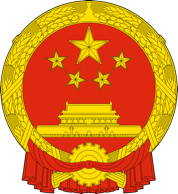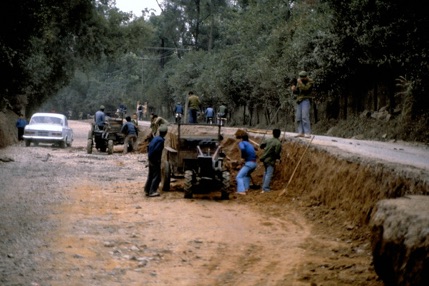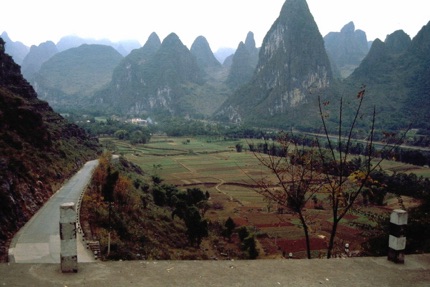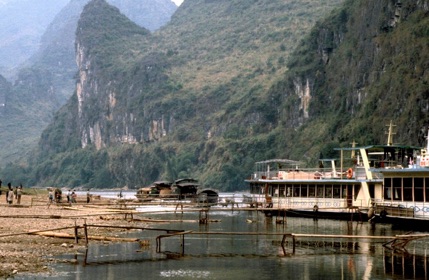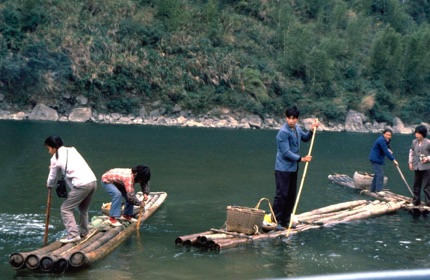China 1985

Kyrgyzstan and Tajikistan 2018

Today we experienced what many regard as the scenic highlight of China, a cruise down the Li River to Yangshuo. Because we were present during the dry season, and the river was going to be very low until the spring melting of upstream snows, we travelled by bus for the first half of the trip from Guilin to a little village called Yang Di. Actually, I suspect that six hours on the river may have been too long, and the bus trip followed by three hours on the water was excellent as we saw some outstanding examples of traditional Chinese agriculture on the way to Yang Di, with intensively farmed, unsquared fields intermingled with the steep hills, bamboo groves and mud brick villages. Yang Di is a sleepy little village which I suspect comes alive for an hour each day when the fleet of buses brings in the hordes of tourists for embarkation on the river cruise. We had our first close look at traditional forms of Chinese rafts and boats, hand propelled sampans and wupans, the forms of which have not changed for centuries.
The scenery on the Li River lived up to its reputation – it was stunning – but for me the studies of riverside village life were more interesting. We witnessed a parade of small villages, with simple houseboats, mud brick cottages and washing beside the river. We saw many rafts with cormorants lined up, the black birds who dive underwater to catch large fish for the local fishermen. Because of the rings placed around the birds’ necks, they are unable to swallow the fish and so they deliver them to the fishermen who in turn give them a small fish which can fit down their necks as a reward.
At Yangshuo, most of the boys practised their Chinese language skills by bargaining at the local tourist stalls. I ventured into the old part of the town, looking at the traditional architecture of the shops and an old temple which has now been converted into government offices, complete with government publicity photographs out the front and a huge “One Child is Best for You and the Nation” poster outside. I also went through the traditional market area of the town, part of which was under a banyan tree in the classical Asian style, and part of which was under sheds. The plethora of unidentifiable dead animals being sold as meat and the variety of strange fruits was breathtaking.
Every so often, the Chinese travel authorities arrange evening activities which are designed to enrich foreigners’ understanding of the wealth of Chinese culture. Back in Guilin that evening, we experienced the first such cultural activity, a performing dolphin show! The guide was quite excited at the prospect, for this dolphin (yes, only one) was not a usual Chinese model, but was Hong Kong trained and imported! The locals were paying twice the usual dolphin admission price to see him (or her?). The dolphin show was quite good, for one who likes dolphin shows, with the dolphin catching hoops in mid air, diving through a hoop of fire, and so on.
However, the evening was marred somewhat when a group of about 60 management trainees from France, who were also present, arrogantly walked out early in the performance, chanting loudly. The Chinese MC criticised the French people in Chinese to the local audience, but most of our boys would have missed that. Nonetheless, the rude display by the French would have done little to develop Chinese tolerance towards Westerners in general, such as ourselves.

Day 6
Guilin and Yangshuo
Sunday, 8 December 1985
